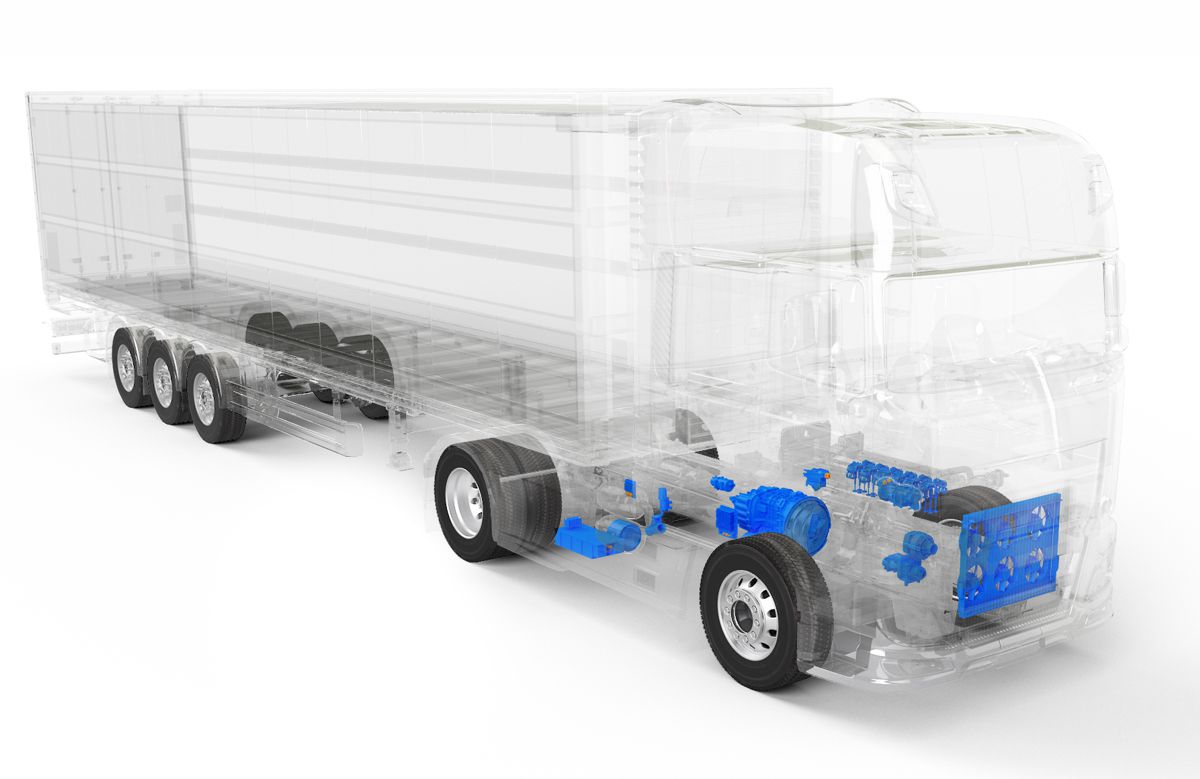Driving innovations in car technology
Automotive manufacturers are continuously enhancing their modern-day models with new, innovative and improved technology – designed to enhance the driving experience, offer additional safety features, better efficiency and more.
We have seen the introduction of Apple CarPlay, cruise control, rear view cameras and more in recent years, and autonomous technology is in the pipeline.
But what are latest innovative in-car technologies to the market, and what is expected to launch in the near future?
JLR’s weather adaptation system
Jaguar Land Rover have recently announced that their new vehicles will be equipped with advanced weather adaption systems. The system allows cars to autonomously adapt to weather changes and situations to make adjustments to drivetrain, suspension, traction control and climate control for optimum efficient driving.
The intelligent system will be particularly useful to Land Rover and Range Rover models. The system is said to be able to connect to present and future weather data via telematics and GPS to sensibly adapt both inside the cabin and around the exterior. One feature suggests that the system will automatically close your vehicle windows if it senses that rain is forecast.
Onboard rain- and terrain-sensing mechanisms will be used to control the temperature, pressure and humidity inside the cabin, whilst interior and exterior lighting will be altered depending on the circumstances.
The ECO-pedal
Nissan’s new Leaf model debuts its new one-pedal driving system. The electric automobile not only has double the mileage range of its previous model equivalents, but the one-pedal driving system allows for the accelerator pedal to be transformed into a multifunctioning e-pedal at a touch.
The e-pedal functions as a start, stop, accelerate and breaking pedal when activated. Suitable for 90% of urban driving, the system means that the car will slow to a halt by itself with the ability to hold itself on an incline without the need of the brake pedal.
The new Nissan system is said to offer additional efficiency benefits from its previous models. Nicknamed the ECO-pedal system, the pedal controls the speed of acceleration to prevent revving up the engine. The level of fuel-efficient driving is displayed through a colour and flashing Eco-P lamp. According to Nissan, studies have proven that effective eco-driving with the ECO-pedal can contribute to an improved fuel efficiency by 5-10%.
Are new vehicles safer?
Many drivers are already familiar with some forms of autonomous technology. Most manufacturers now offer self-driving technology as part of their latest models – with most used to improve road safety.
Lane departure warning systems
Some vehicles are now fitted with lane departure warning systems, or lane-keeping systems. These systems keep you within your lane when driving on the motorway. When motorway driving, it’s vital that you stay firmly in your lane, unless you are overtaking.
This system alerts you with a vibration on the steering wheel if your vehicle is unintentionally edging out of its lane – and in circumstances when the vehicle thinks you are reacting too slow, the vehicle will take control and provide steering torque to divert you back into the safe space on your lane.
This is a safety feature to prevent drivers from veering out of their lane on motorways and dual carriageways where drivers around them are driving at high speeds.
Blind spot information systems
BLIS helps detect vehicles in your blind spot when changing lanes. When a vehicle enters your blind spot zone, the BLIS system will alert you. The detection area is on both sides of your vehicle, extending rearward from the exterior mirrors to approximately 10 feet (3 meters) beyond the bumper.
The system alerts you via a small light on your side wing mirrors – when there is a vehicle in your blind spot zone, the light will illuminate. When your blind spot zone is clear, the light will switch off.
Intelligent speed assist
ISA safety technology alerts drivers when they exceed the speed limit via audio and visual warnings. By using GPS, the system is able to detect the vehicle location and reference this with a digital road map that is programmed with speed limit information for each road. The system can be used as an active speed limiter whereby it can take control of the vehicle and reduce the speed when travelling above the speed limit. It does this by reducing the throttle signal.
Additionally, the system is also fitted with a speed limiting function that increases the pressure on the accelerator when you exceed the speed limit, so that it is harder to accelerate and break the speed limit.
The automotive industry is in its prime – with innovative technology doing the talking and walking for them. With a positive future of technology ahead of us, we can expect to see the driving process, and experience, completely transformed in the coming years.













